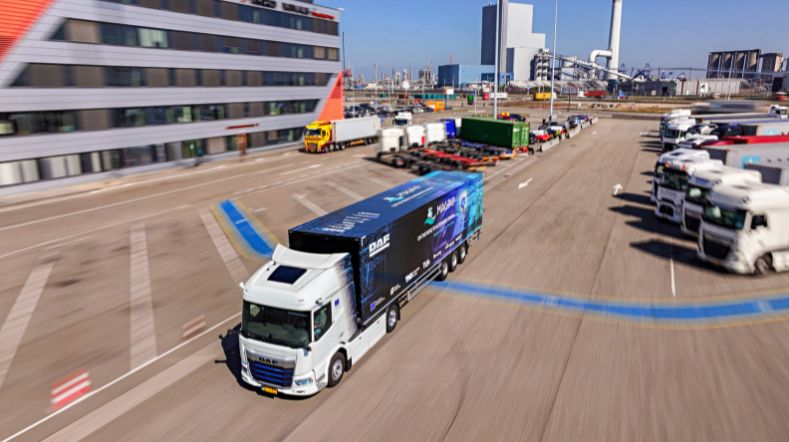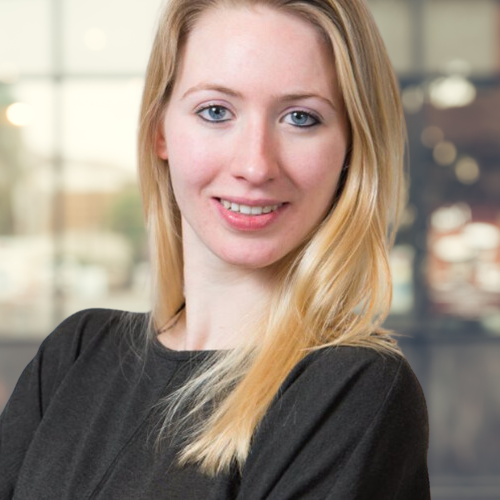
Safe and sustainable urban mobility
We develop and research smart, innovative measures and integrated solutions for the domains of mobility, liveability, and safety. To this end, we deploy multidisciplinary knowledge and new technology, including IT technology.
Pressure on mobility, liveability, and safety
The majority of the world’s population lives in urbanised areas. Many different activities come together there, including living, working, and recreation. These drive the demand for movements of people. Combining these activities puts greater pressure on sustainable mobility, safety, and liveability in cities and their surroundings.
This leads to complex problems. Among other things, the Netherlands is becoming gridlocked and cities are becoming inaccessible. Calls for greater investment in rail and roads are getting louder and there’s an increasing emphasis on devising measures and integrated solutions.
Sustainable urban mobility and safety
Our expertise group aims to help national and international governments and the business community with:
- Design
- Implementation
- Monitoring and evaluation
- Timely adjustment and scaling up of smart innovative measures in the physical environment, including the living environment.
The goal is to find the optimum balance between the needs of users (workers, residents, travellers, leisure travellers, entrepreneurs, emergency services) and the quality of the living environment.
We collaborate a great deal with other TNO departments and are therefore closely aligned with the TNO strategy. Knowledge is at the core of the expertise group. We apply this knowledge through data and models for quantitative analyses. From the data and models, we extract decision information that we display with good-quality visualisations generated by tools. This enables us, for instance, to show the effects of mobility measures on liveability. For example, we provide decision-supporting information to governments.
In our tools, we make our knowledge accessible in a transparent, fast, and visually appealing way. A prominent example of our tools is the Urban Strategy platform for integrated urban planning.
Research areas
- Mobility transition
- Spatial design of urban areas (balanced spatial choices)
- Mobility and Climate adaptation
- Zero emission mobility
- Digitalisation in the mobility system
Four technology lines
Our roadmaps are continuously updated and prioritised based on current and expected questions from our stakeholders. This is also what drives the development of our four technology lines:
1. Mobility and Spatial System Analysis and Design
These technologies help our stakeholders to get a grip on and meet their goals and objectives. An important example is our programmatic collaboration with the Ministry of Infrastructure and Water Management. In this collaboration, we help the ministry with definitions, indicators and goals related to welfare and well-being in the mobility domain.
2. Macroscopic Analysis and Modelling
Activities in this line help our stakeholders better allocate their resources by modelling the welfare and well-being impacts of interventions that they are considering. Via our collaborations with the municipalities of Amsterdam and Rotterdam, for example, multiple impact assessment studies for new mobility concepts have been conducted.
3. Microscopic analysis and modelling
These activities support our stakeholders to assess the impact of mobility concepts such as Automated Mobility, Connected mobility (V2X), shared mobility services, logistics hubs and MaaS. Focus areas of our projects include traffic flow and safety effects of Adaptive Cruise Control (ACC), and effects of truck platooning on traffic flow and emissions (ENSEMBLE).
4. Key digital and information technologies
These technologies are used to create Digital Twins that help governments and other stakeholders gain insight into the performance of the spatial and mobility system, with and without interventions, and make well-informed decisions. The Urban Strategy platform has been applied in about 20 cities and regions throughout the world.
Get inspired
Releasing autonomous software faster with DeepScenario and TNO’s StreetWise
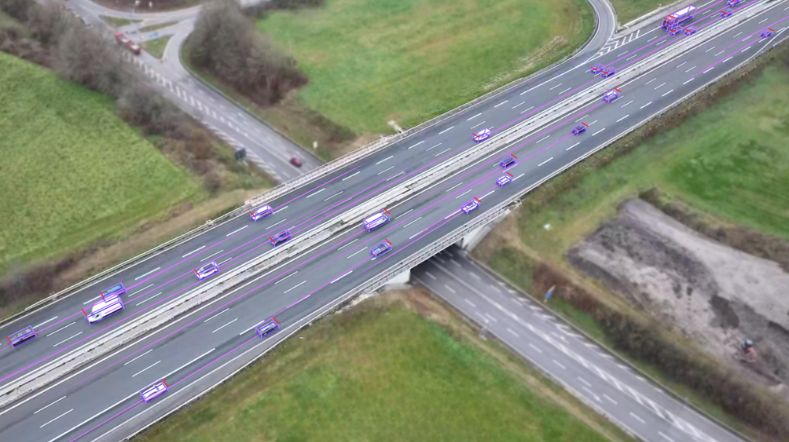

MARQ opens its doors: a place to collaborate on the mobility of the future
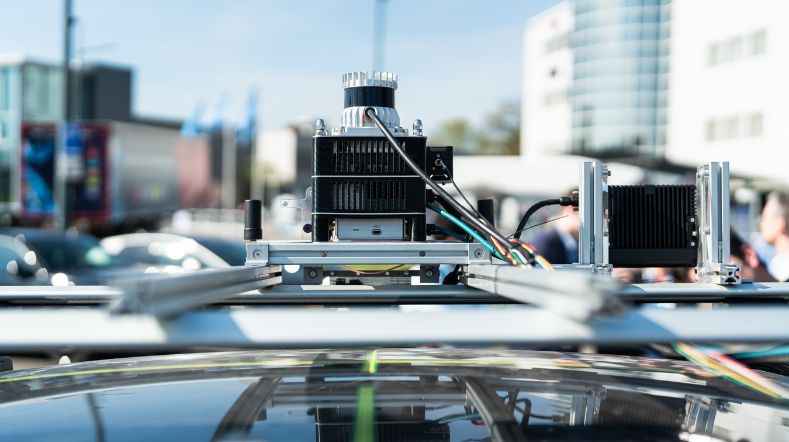

Fuel cells crucial for decarbonising heavy-duty transport and non-road machinery
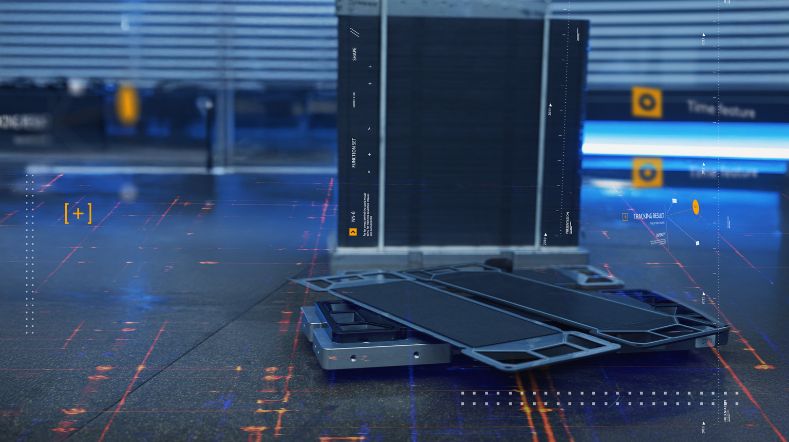

Health of electric bus batteries now measurable on-site via charger
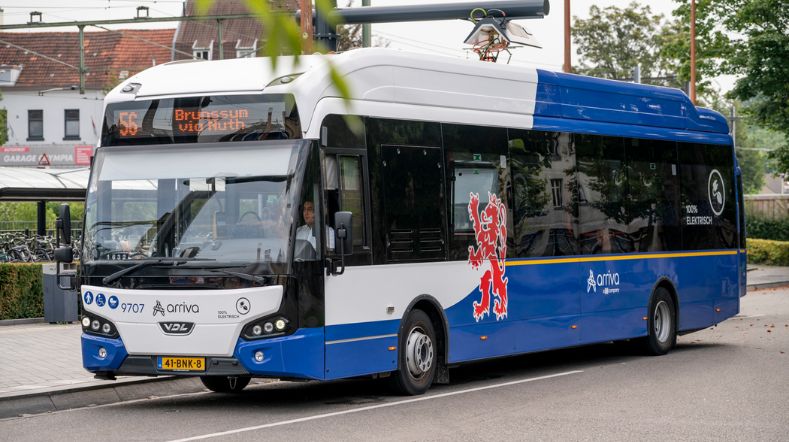

Demonstrations of automated driving and charging for logistics at Maasvlakte
